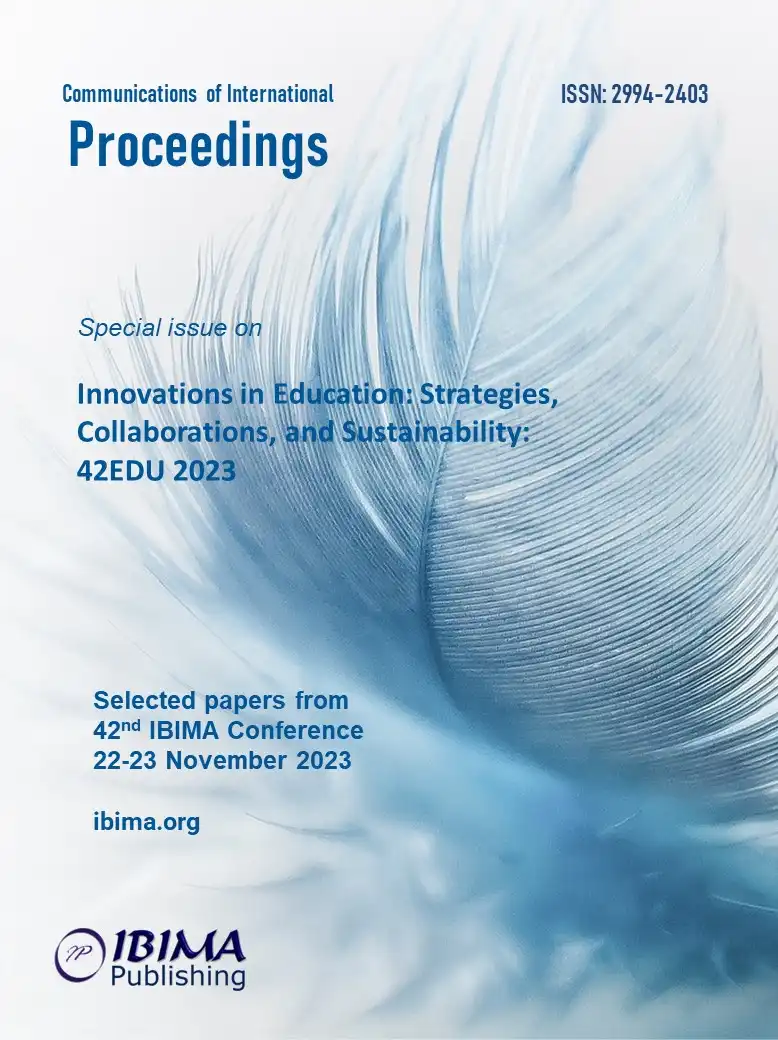
Elisabete S. VIEIRA and Cristina PEGUINHO
University of Aveiro, Portugal

This short paper analysis the use of active education methods, together with passive learning environmental, in order to understand whether active education practices impact positively on the engagement and learning outcomes of higher education students. Consequently, we report an experience applied in Finance courses in degree courses. We introduce some active learning approaches to teaching finance concepts and methods in Finance degree courses, in order to enhance student engagement and to meet the evolve demands of the Finance industry and education, based on the empirical evidence that the adoption of active learning methods are effective in promoting student learning, having high learning efficacy, providing students with additional practice and confidence, and giving students a greater sense of ownership in the class, increasing the students engagement and the success rates. To put this experience in practice, we suggest to the students, during the semester, some active education methods they can adopt, being them no mandatory. If they opt by these suggestions, they substitute some passive learning activities in the evaluation process. Overall, we find evidence that incorporating these teaching approaches improves the learning experience and results, and, in addition, equips students with valuable skills and a heightened sense of purpose in their academic journey. More specifically, the experience results in both an increase in learning outcomes and an improvement in their final grades. Although there is empirical evidence on the effects of active learning methods on students, the results are not consensual and, to the best of our knowledge, there is a gap in the studies applied to Portuguese students, so, we are contributing to this body of literature. In this context, higher education institutions need to understand the value of active learning methodologies in sustained education, promoting them in your practices.